The Risk Management Role of Insurance in Energy Infrastructure Security and Resilience
This book examines key risks that the Nation‘s critical energy infrastructure is confronting and the ways in which the insurance industry can help manage these risks, including how it identifies, assesses, and manages them and their potential impacts. Today, weather-related incidents account for the majority of economic losses in the insurance industry as well as in the critical infrastructure sectors. In addition to the traditionally-recognized natural hazards, critical energy infrastructure faces significant emerging threats, including cybersecurity and space weather risks. While the United States has a large, mature insurance market, developing insurance mechanisms for protecting critical infrastructure from these emerging risks remains a significant challenge. The lack of historical data on the frequency and severity of these events, the changing nature of technologies impacted by them, as well as the inherent uncertainties posed by these risks make it difficult to accurately assess these emerging risks and develop proper insurance products. Insurance instruments can be a useful risk mitigation tool for critical infrastructure by encouraging resilience-enhancing investments and acilitating recovery after a disaster. However, due to the increased interdependencies across various critical infrastructure systems and sectors as well as the growing dependence of today‘s society on the critical infrastructure functions and advanced technologies, the question of insurability of critical infrastructure against emerging risks faces new challenges.
{{comment.content}}
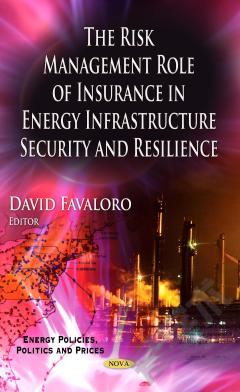
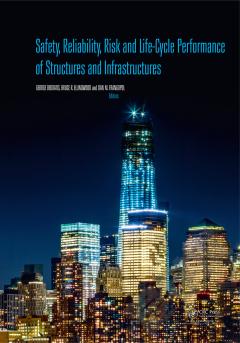
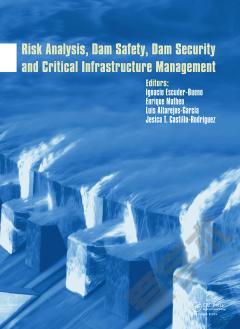
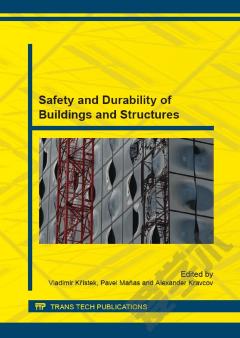
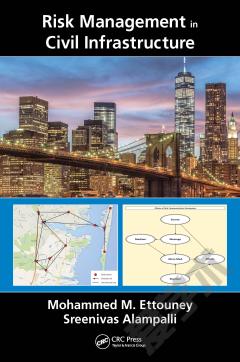



 京公网安备 11010802027623号
京公网安备 11010802027623号